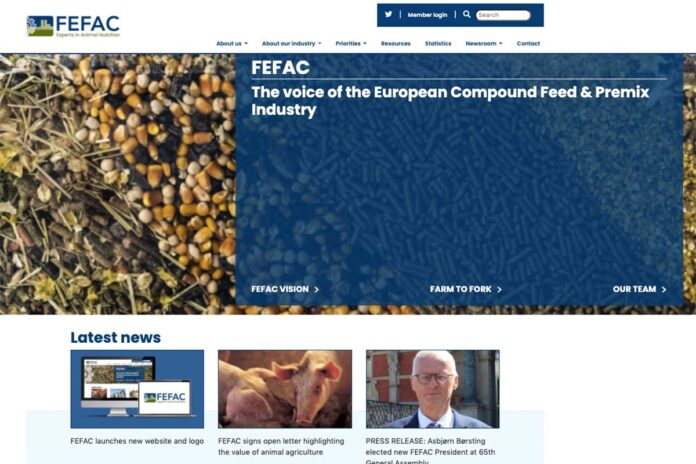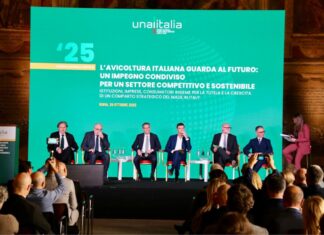
FEFAC XXIX Congress on 24-25 September 2020 will take place in Antwerp as physical event.
FEFAC has launched a new website to facilitate access to information about the European compound feed and premixtures industry and any relevant FEFAC initiative to support the sustainable development of livestock production in Europe. The new logo visually displays the connection of the feed industry to rural Europe, with compound feed & premixtures manufacturers as reliable partners to the farmers in the livestock and aquaculture sectors. The tagline “animal nutrition experts” has been added to the logo to highlight the knowledge base of the feed industry experts and its scientific basis for decision-making. The change in website also reflects the recent change in FEFAC governance & leadership. Since the General Assembly on 3 June 2020, FEFAC now has a newly elected Board, chaired by President Asbjørn Børsting.
The FEFAC XXIX Congress is confirmed to take place physically in the Queen Elisabeth Centre Hall in Antwerp on 24-25 September 2020. The event location is large enough to accommodate all necessary COVID-19 safety measures and social distancing rules. People are invited to register on the dedicated Congress website. The Congress will be held in partnership with BFA, the Belgian Feed Association. The main theme of the Congress “Towards Carbon – neutral feed and livestock production” provides the reference for the launch of the FEFAC Feed Sustainability Charter 2030, responding to the EU Green Deal targets for the EU livestock and Aquaculture sectors. FEFAC has invited key note speakers and panellists from the EU institutions, COPA/COGECA, and other value chain partners, NGO’s and scientists.
A dedicated a COVID-19 “lessons to be learnt” workshop will be held on 24 September. This workshop will assess the key experiences of compound feed manufactures and public authorities, how to ensure business continuity and further strengthen the resilience of feed and livestock sector in times of public health sanitary crisis.
















